Sensing the Ground Climate in Urban Green Spaces and Microclimates
02/09/2019
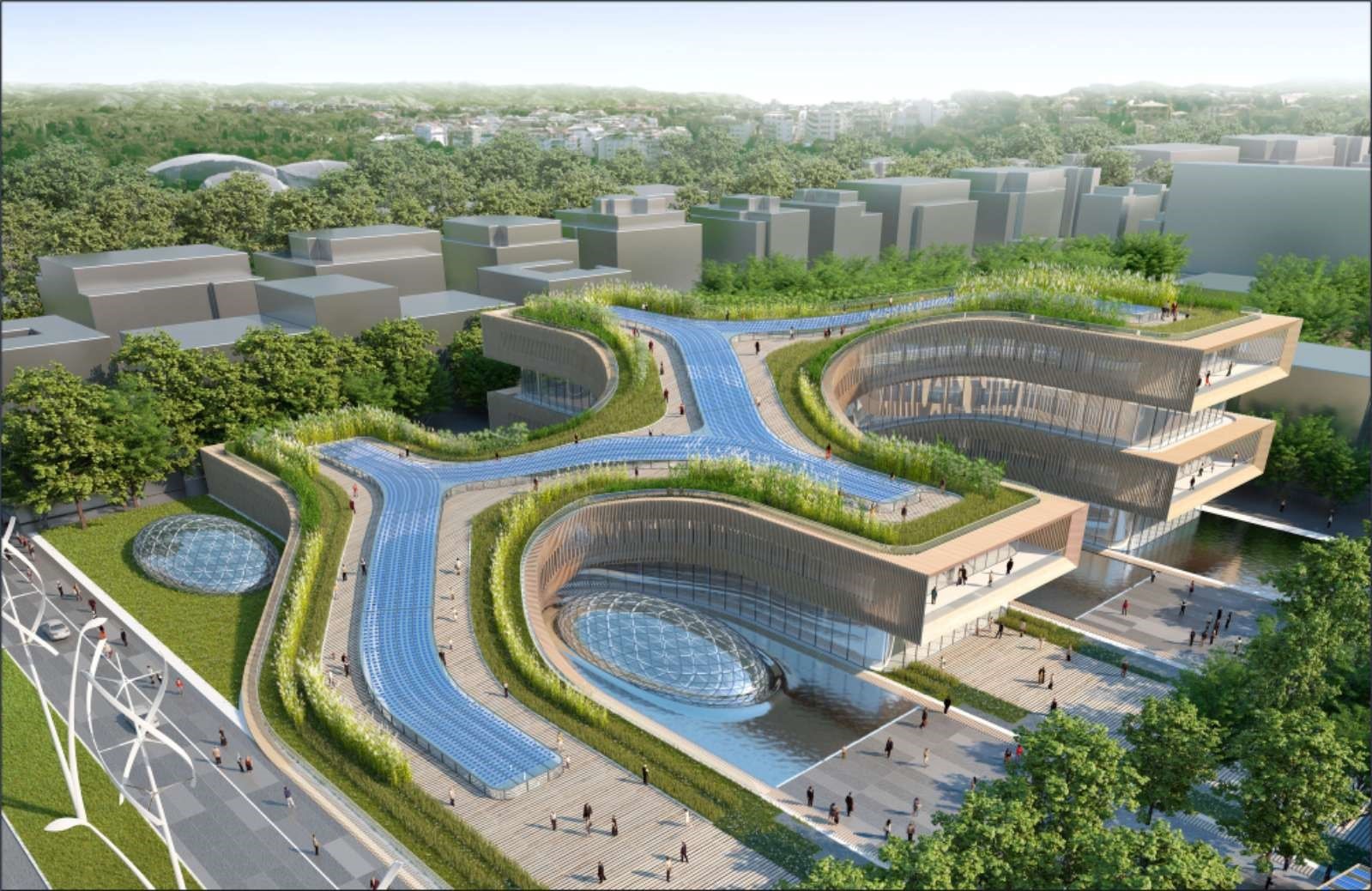
The urban green environment still provides us the natural ecosystem treasures we enjoy such as fresh air, beautiful sceneries, and eye glittering curiosity among others beyond the infrastructure walls surrounding us in cities. This environment includes most of the green parks, forests, lakes, rivers, road ridges, wetlands and woodlands.
Yonder these treasures, nature is and will be very vital in tackling the increasing climate change and heatwaves effects resultant from the increasing urbanisation. UN predicts a 60% global urbanisation growth by 2030 whereby most of the world’s populations will be living in cities. This is a thrilling phenomenon as the much-needed development will be across the globe, along with innovative infrastructure developments. However, along with the development, comes with the rising climate change effects from increased temperatures, dryness and heatwaves from the buildings resulting in Urban Heat Islands (UHIs). This is because the infrastructure blocks off the heat from being absorbed naturally thus quickly reflects it back into the atmosphere making urban areas hotter than the surrounding rural areas with a more natural climate absorption. IPCC predicted global temperature increases of 1.4oC to 5.8oC with more consequences in urban areas. The changes in urban land cover threaten the rich biodiversity and affect ecosystem productivity as it drives the loss of natural environment which subsequently affects the local climate. The question is how can we improve an urban green environment to balance with the rapid cities’ development to tackle the UHI challenge amidst increased heatwaves, especially in the summer? The natural environment treasures also form the Urban Green Spaces to provide a cooling effect that reduces UHI and raising temperatures in cities. However, the type of green space has to be effective to handle dependent on the area forming different area microclimates and how they absorb all the heat, including the supporting environment they grow which includes the soil characteristics.
Therefore, my research explored how soil temperature and soil moisture varies in the Urban Green Spaces especially during heatwaves, dryness and increased temperatures for mitigation in an urban environment like Cranfield University Campus. This involved five classifications of the University campus Urban Green Spaces into Biodiversity Plots, Managed Grasslands, Green Parking Lot (planting areas like shrubs in car parks), Rewilded Vegetation (former development areas left to regrow naturally) and Woodland.
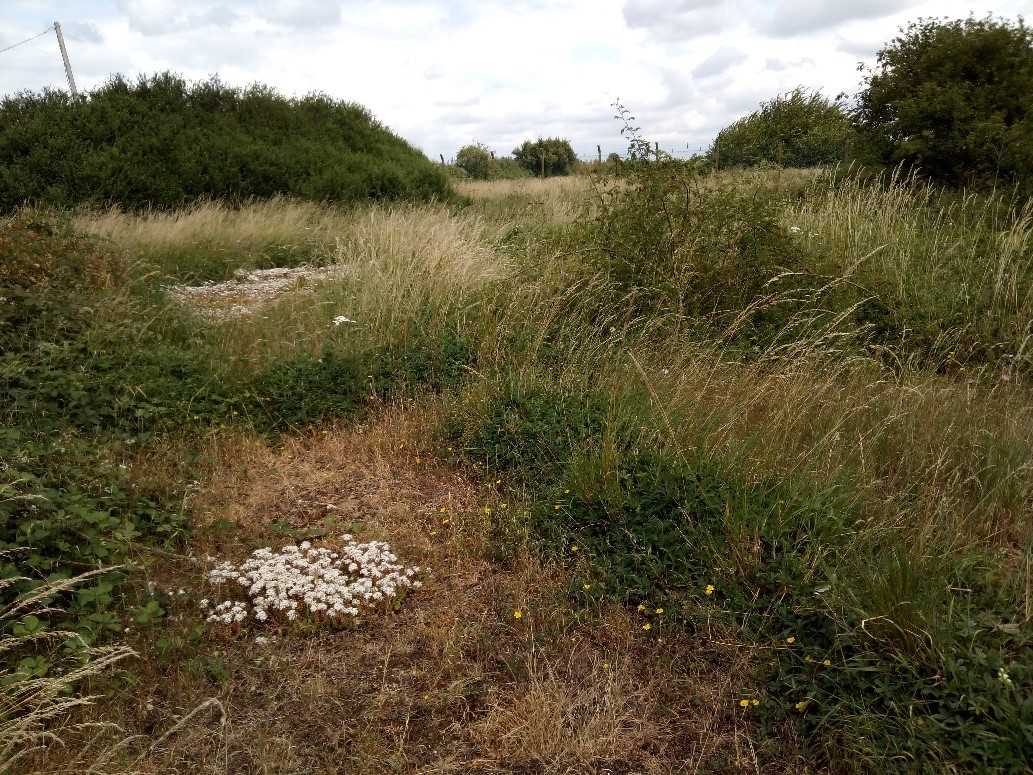

Figure 2: Some of the classified Urban Green Spaces, from top: rewilded vegetation, biodiversity plot and woodland
This then encompassed deploying soil sensors to record daily ground temperatures and weekly spot moisture measurements in the different classified urban green zones. The project is part of the Cranfield Urban Observatory ‘Living Urban Laboratories’ which is among the 7 Consortium Universities under UKRIC’s Urban Observatories across the UK. The Consortium aims to develop the ‘national observatory’ for digital capture, mapping and testing of cities and infrastructures over time, which this research can feed into. The ground soil measurements were also compared with the climate data from Cranfield University meteorology weather station under Kinshub. This helps to analyse the trend effects of the air temperature, rainfall and humidity on the soil temperature and soil moisture for comparisons.
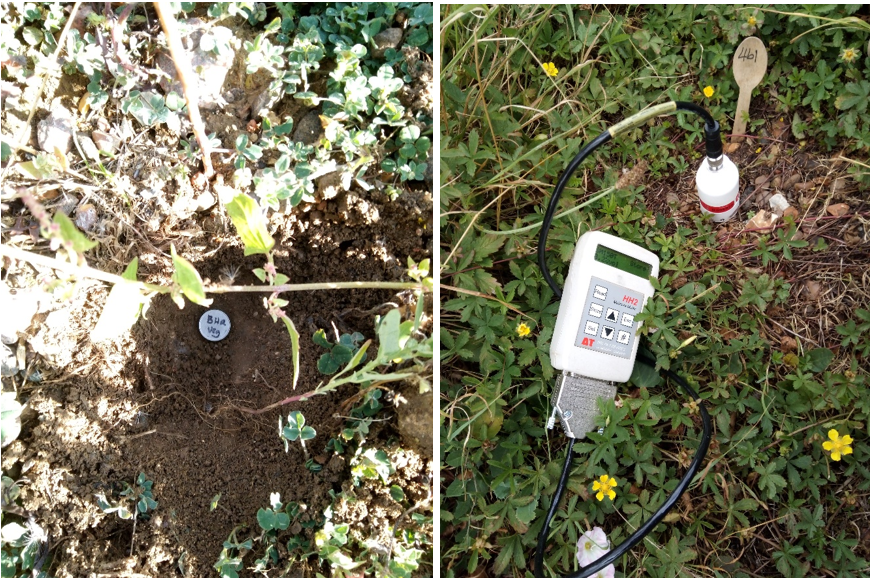
Figure 3: Soil temperature (iButtons) and soil moisture sensor measurements used
Therefore, this study aimed at measuring the ground climate to examine soil temperature and soil moisture variations in the different Urban Green Zones. All the different Urban Green Spaces had variable patterns for both soil temperature and soil moisture. The woodlands had the highest cooling effects given its nature such as shading, latent heat and size all of which would help in moderating the increasing heat. The results and recommendations would inform various stakeholders, on the different urban green spaces and soil influence in their dynamic importance to regulate an urban climate for an improved green infrastructure amidst growing rapid urbanisation, with inventive ways to tackle climate change. Thus, as towns grow, urban planners will have to strategise to account for the integration of green structures into development.
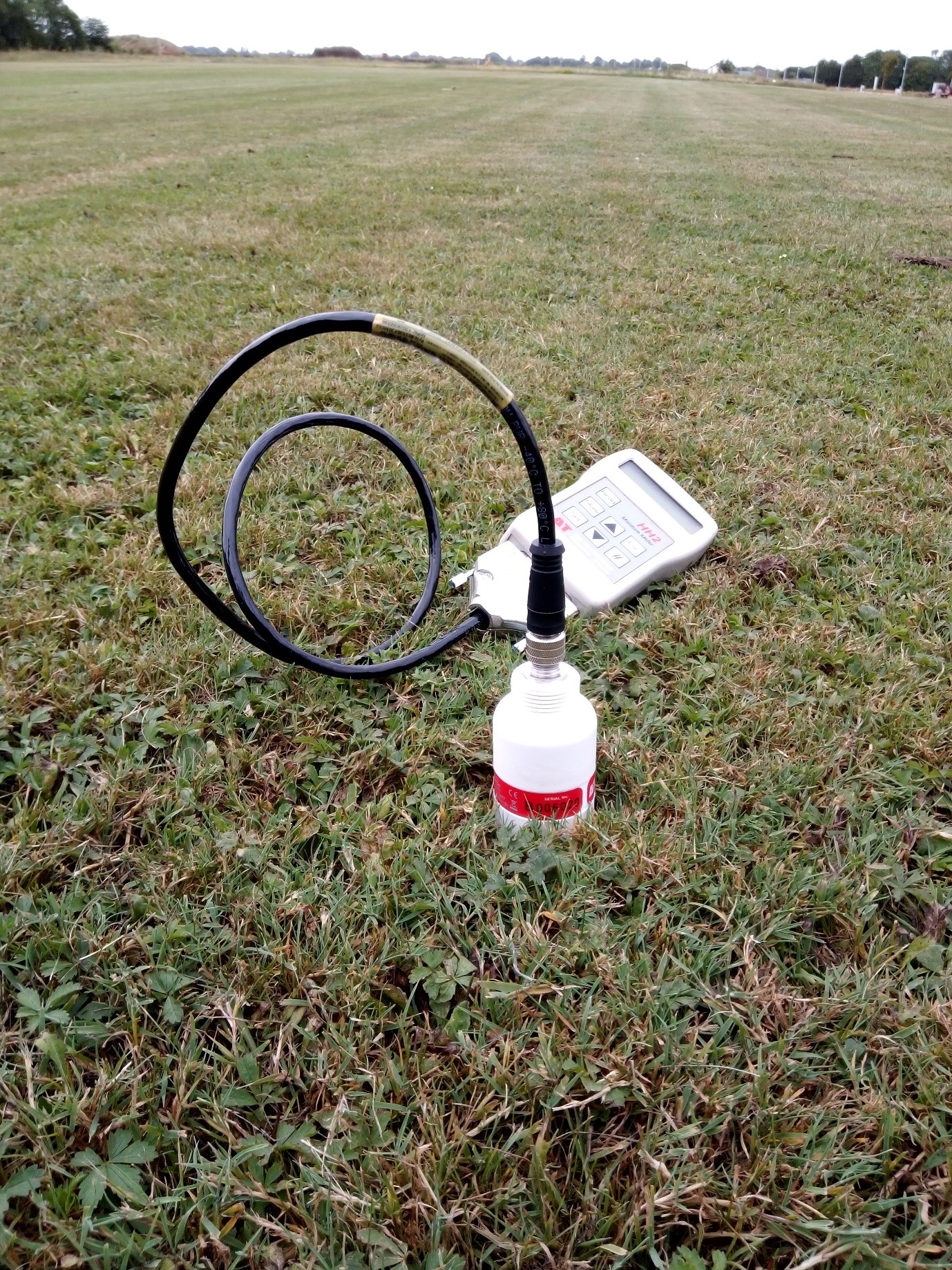
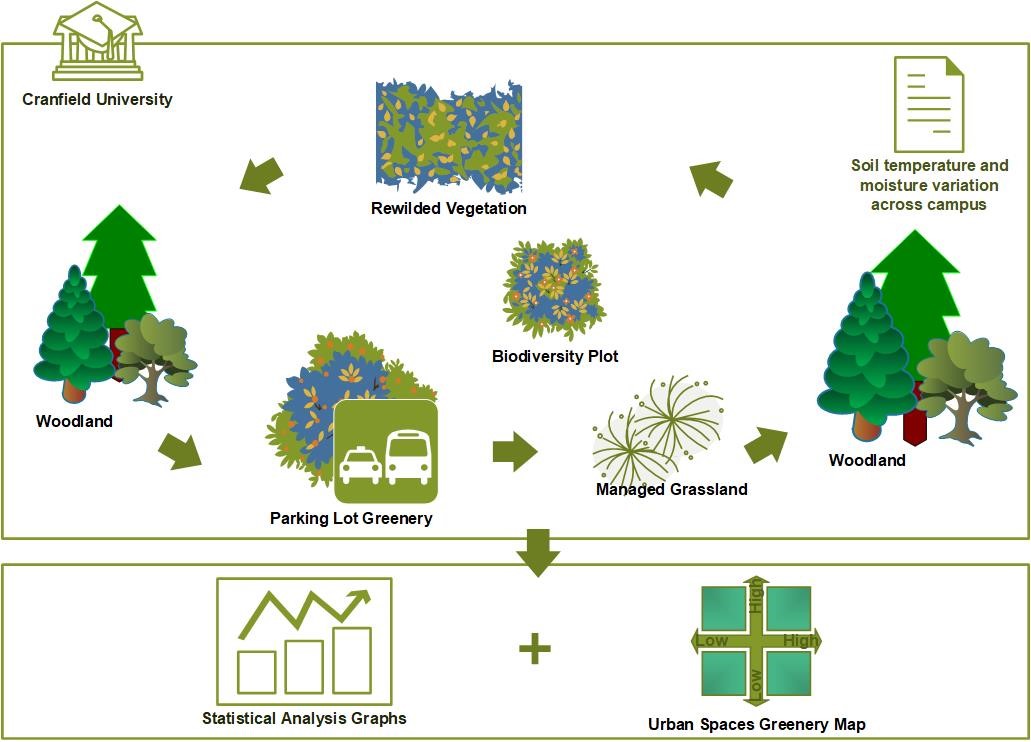
Figure 5: The overall research project showing the interconnection of the University Campus Urban Green Spaces with soil temperature and soil moisture variations for measurement. This led to the statistical analysis and mapping of the Cranfield University Urban Green Zones.
Appreciation: Field experiments with Dr. Jacqueline Hannam. An immense job of digging for sensor tracing and retrieval done with Shafa Rahimun and Dr. Jacqueline Hannam. Review with Dr. Jacqueline Hannam and Dr. Timothy Farewell.
Categories & Tags:
Leave a comment on this post:
You might also like…
My Cranfield Journey: A Global Product Development Adventure
Hi everyone! My name is Salma Aboujaafar, and I’ve just completed my MSc in Global Product Development and Management (GPD&M). I’m Moroccan, but I’m currently based in France, and my studies ...
My Journey in Aerospace: From Taiwan to Cranfield
Meet Mei-Ying Teng, a recent Aerospace Computational Engineering MSc graduate. Originally from Taiwan, Mei’s passion for aerospace research led her to choose Cranfield for its unique focus in the field. Hi ...
Changes to the Factiva interface
The eagle-eyed amongst you may have noticed that the Factiva homepage has changed and we are no longer taken directly to the search forms that we traditionally use. To access these, you need to open ...
A Deep Dive into Cranfield’s MSc in Management and Information Systems
Elena Cuatrecasas Schmitz graduated with a master’s degree in Management and Information Systems in 2023. The Spanish-born student now resides in Barcelona and shares her transformative academic journey. In 2023, I ...
My Cranfield Adventure: From Italy to the Global Manufacturing Stage
Alessia Paoletti, a recent graduate of the Engineering and Management of Manufacturing Systems (EMMS) MSc programme at Cranfield University, shares her transformative academic journey. I recently completed the Engineering and Management ...
New edition of the APA7 Author-Date referencing guide published
We have issued a second edition of the APA7 Author-Date referencing guide. The updated edition contains an enhanced introduction written in association with the academic language support team. It includes guidance on why and when ...

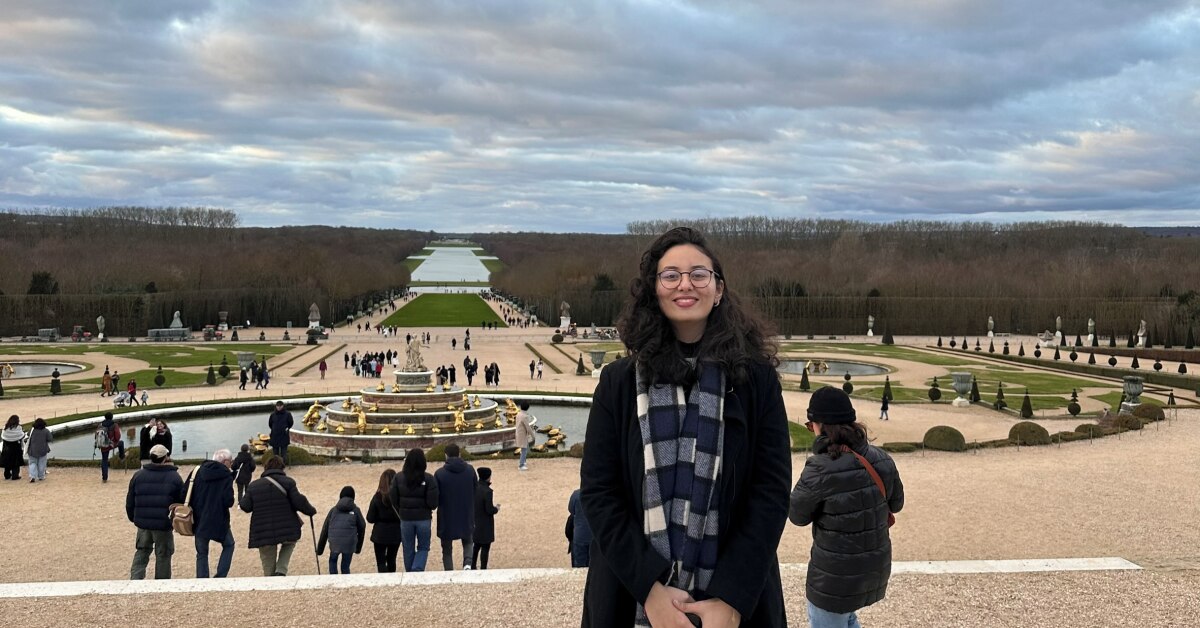
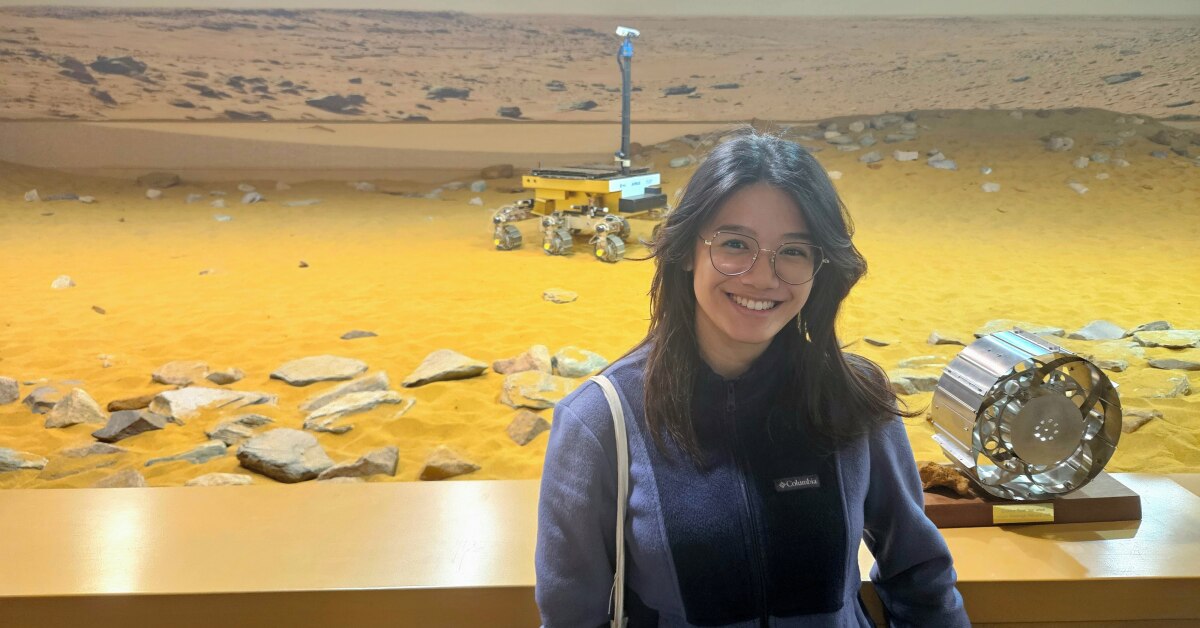


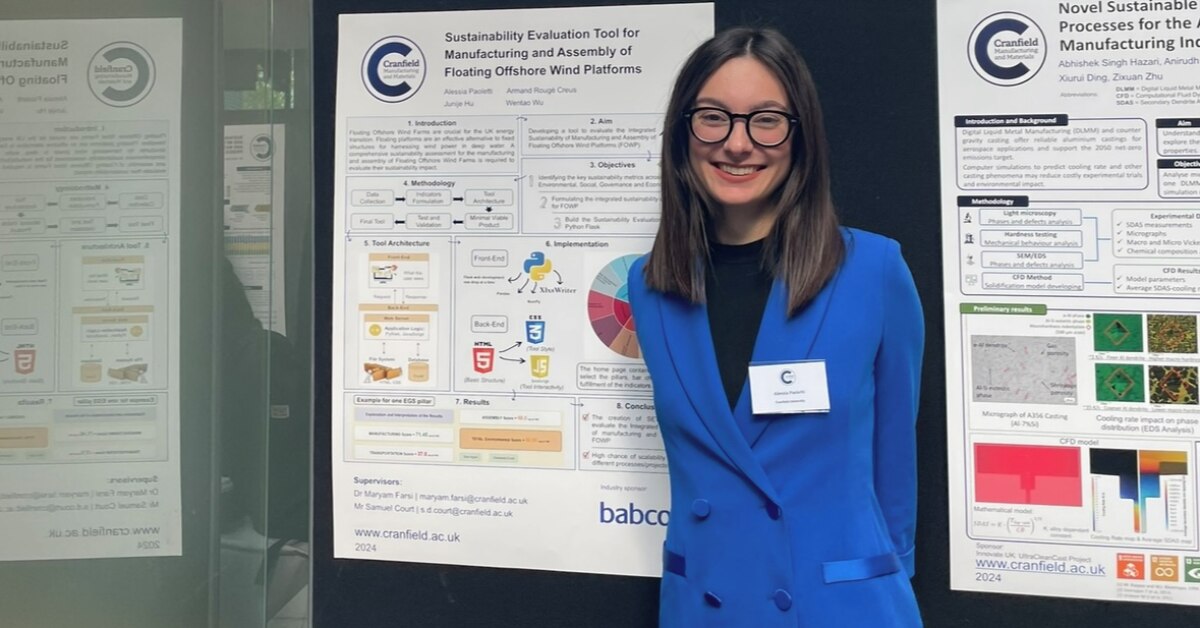

This is awesome research